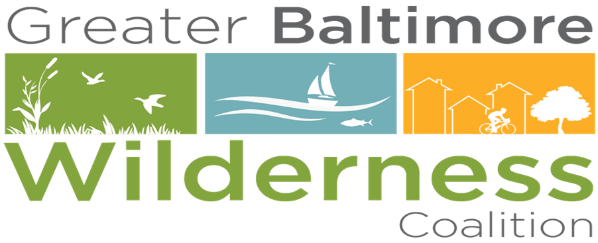Baltimore Biodiversity Toolkit
We recognize the incredible potential of the Gwynns Falls watershed to be a world-class urban wildlife haven. There is well-known need for high-quality and accessible green space in the city, not only for native plants and animals, but for residents as well. In commitment to this vision, we offer this toolkit, in which we:
Identify a suite of ambassador species that represent the habitat types within, and historic to, this area
Share practical resources for supporting specific wildlife needs
Monitor the collection of valuable citizen science data and encourage a culture of conservation and stewardship of community land
This project complements the mission of the U.S. Fish and Wildlife Service’s (US FWS) Baltimore Rivers to Harbor Urban Refuge Partnership to "enhance connectivity and accessibility of green spaces" by considering already protected green spaces as well as including community managed open spaces mapped by Baltimore Green Space and opportunity areas identified by the Baltimore Green Network Plan. Additionally, Baltimore is a participating city within the US FWS’s Urban Conservation Treaty for Migratory Birds, and the goals of this project, as well as the majority of our focus species being birds, aligns well with the Urban Bird Treaty program goals. The Greater Baltimore Wilderness Coalition, which facilitates collaboration with public, private, and nonprofit organizations throughout Central Maryland, will promote use of the toolkit across its many different projects.
We in no way intend for projects to limit their scope to the Gwynns Falls Watershed. We simply suggest that if the strategies outlined within are sucessful in this incredibly urban landscape, then they are scalable throughout the metropolitan region. Please let us know about your projects in and around the Central Maryland area!
Thank you to our Collaborators!
This work could not have been achieved without the help of our generous partners. We'd like to thank the following organizations for the specific contributions they made.
U.S. Fish and Wildlife Service, Chesapeake Bay Field Office: funding and staff support
The Chesapeake Conservancy: high quality land cover data
Baltimore Green Space: community-based conservation perspective and opportunity to share project with partners and stewards
Baltimore Ecosystem Study: research perspective, literature, and avian data
Baltimore Office of Sustainability: prioritization consultation
Dr. Lea Johnson of University of Maryland, College Park: team of students reviewing best conservation knowledge available for each ambassador species



